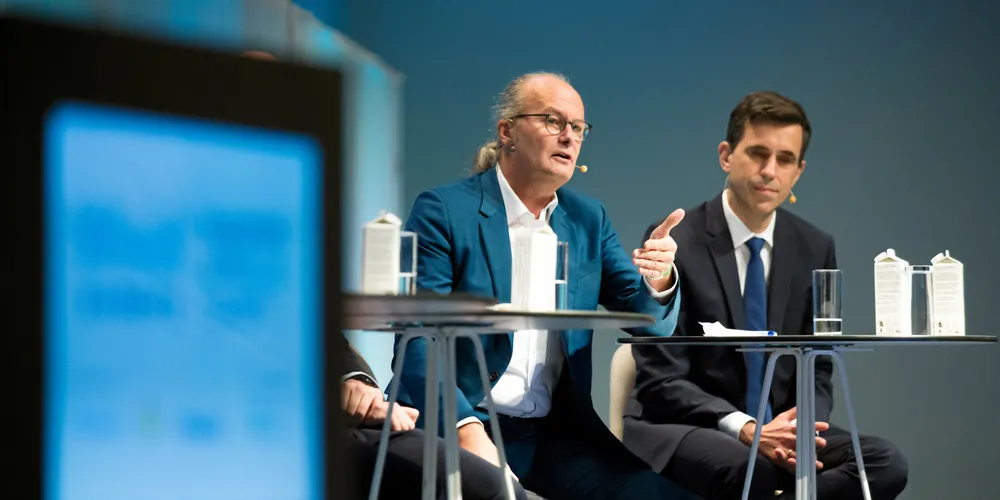Electrifying: wind tackles barriers to scale as industry powers-up in Copenhagen
Our curation of the must-read news and analysis from the-week-that-was in the global renewables industry

Our curation of the must-read news and analysis from the-week-that-was in the global renewables industry
